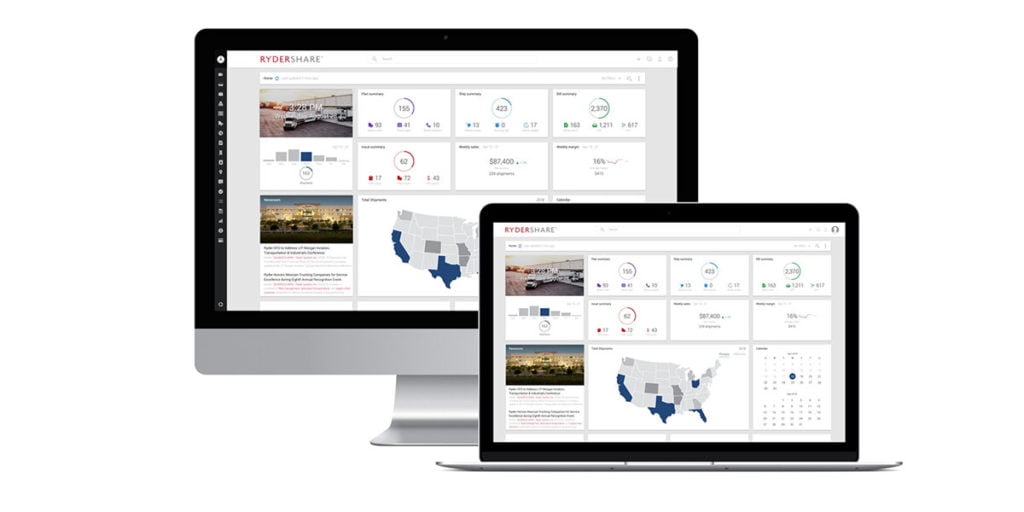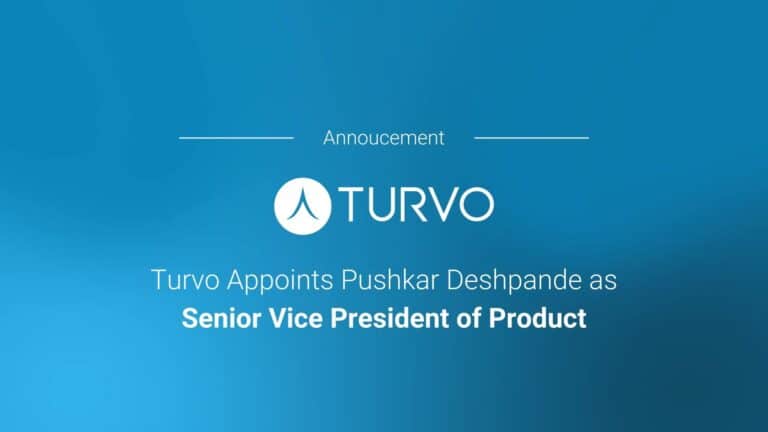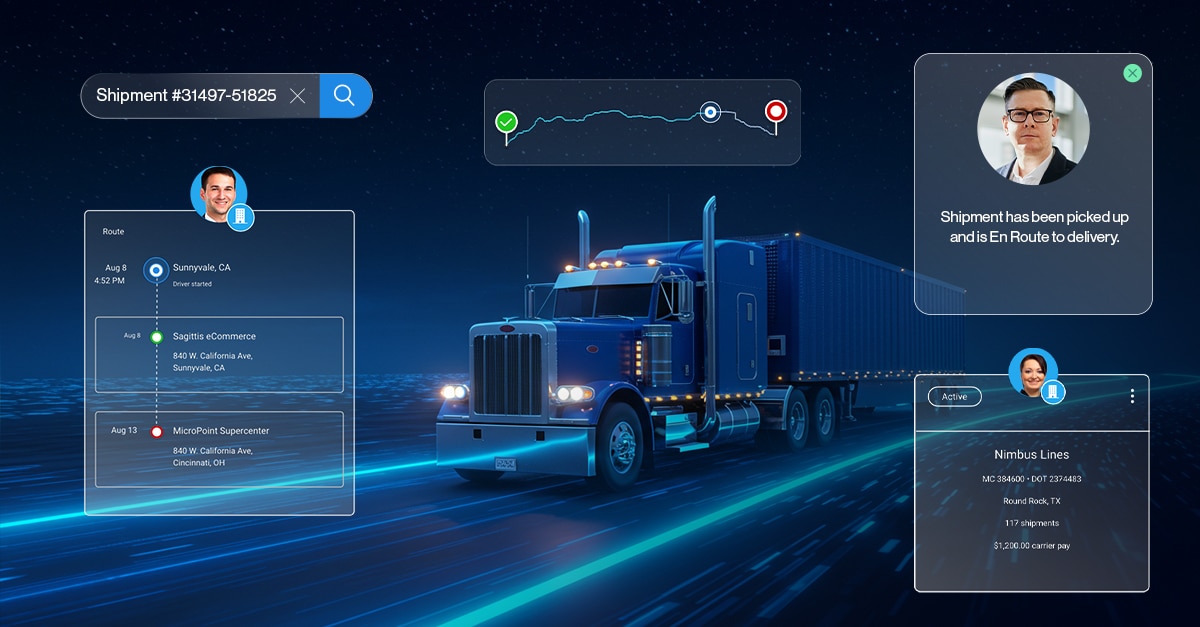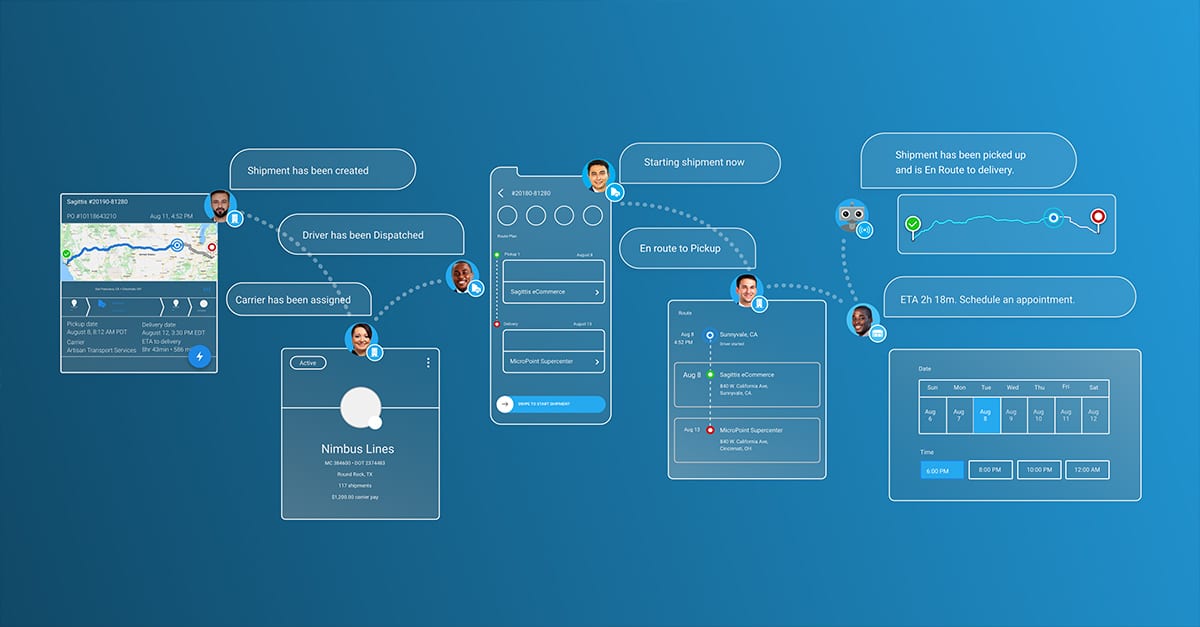How Modern Freight Fraud Works
Today’s fraudsters scrape MC numbers, spoof email domains, and hack registration databases to hijack loads before they leave the dock. Highway’s Q1 2025 Fraud Index recorded more than 400,000 sophisticated attempts; everything from impersonation phone calls to unauthorized portal log-ins, blocked at the broker level. Organized rings exploit soft spots like siloed visibility, lax carrier onboarding, and shared passwords.
Detection Starts With Data Integrity
Carriers still get booked via phone and email, giving impostors room to maneuver. Automated carrier-identity checks that cross-reference insurance status, safety scores, and contact metadata close that gap. Platforms that ingest EDI 214s, API pings, and IoT sensor data can flag geographic anomalies, say, a truck pinging in Texas when paperwork shows a Michigan route, hours before the loss becomes unrecoverable. Truckstop reports that adding layered verification and MFA cut reported fraud 45% year-over-year in January 2025.
Security Measures That Push Risk Back Down
- Encrypted document exchange ensures rate confirmations and Bills of Lading can’t be doctored in transit.
- Geo-fenced updates tie status events to verified GPS locations, catching “ghost trucking” before delivery appointments fail.
Turvo weaves these safeguards into its network TMS: identity checks during carrier onboarding, MFA for every user, immutable audit logs on shipment timelines, and real-time risk alerts that surface inside the same workspace where loads are tendered. The protection is built-in, not bolted on.
Mitigating Losses When Prevention Fails
Even the best defenses can’t stop every hit. Contracts should specify rapid notification windows and insurance coverage thresholds; payment teams can use escrow or “quick-pay” solutions to keep cash movement aligned with confirmed milestones. Collaboration with NICB, CargoNet, Highway, and others accelerates law-enforcement response and recovery; CargoNet for instance helped reclaim $40 million in goods across just 70 cases last year.
Industry Best Practices That Stick
- Verify carrier credentials every load, not just at onboarding.
- Require MFA and unique user credentials across all finance and ops systems.
- Centralize shipment data so finance, operations, and security teams work from the same source of truth.
- Join intelligence-sharing networks to get real-time alerts on emerging fraud patterns.
Freight fraud isn’t a niche threat; it’s a moving target that costs the logistics sector billions. By tightening identity controls, encrypting transactions, and unifying data flows, logistics managers and finance departments can protect assets, minimize losses, and maintain regulatory compliance, all without slowing the business.
Want to see how Turvo’s secure cloud TMS turns these best practices into daily workflows? Request a demo and safeguard every load before wheels roll.








